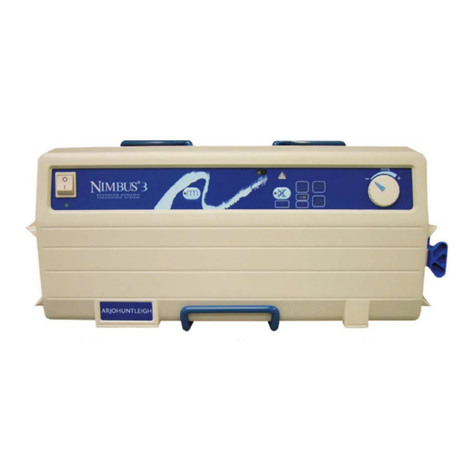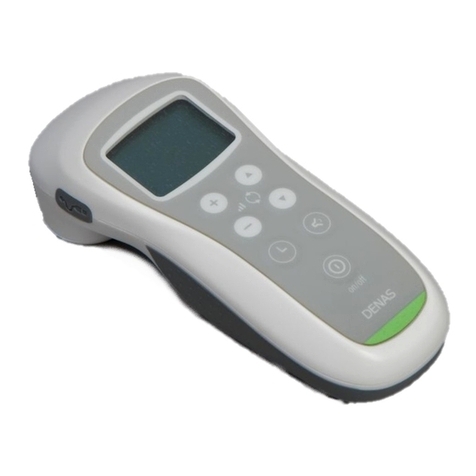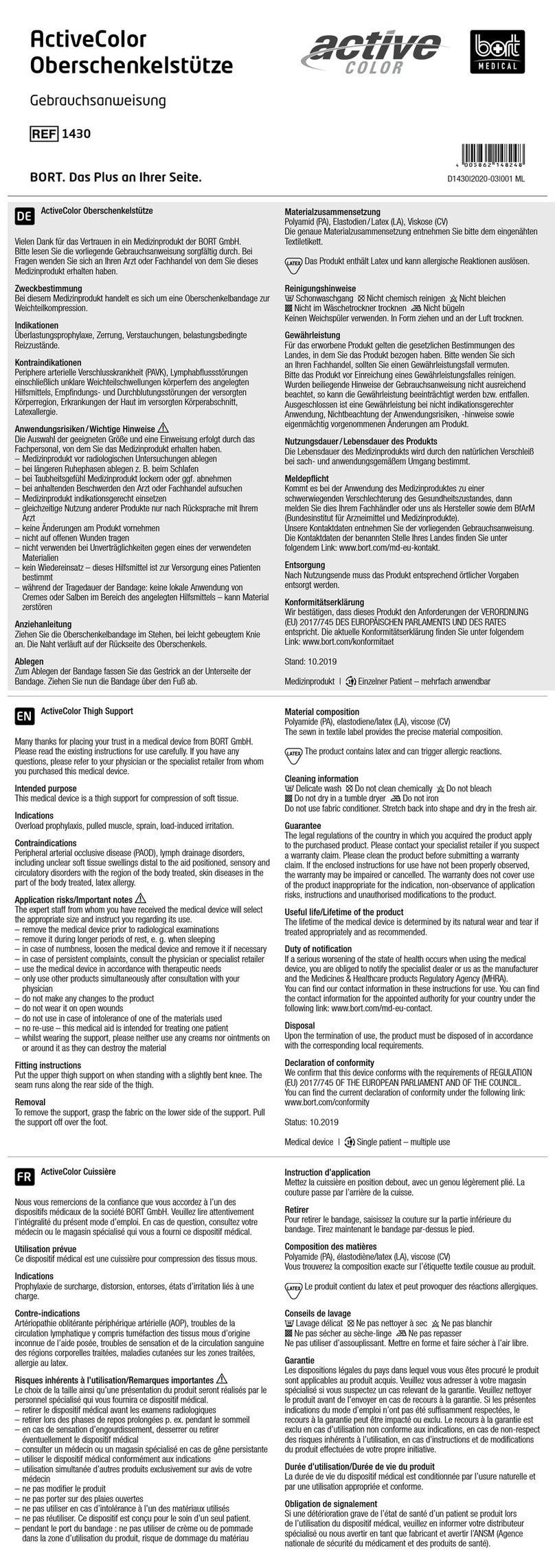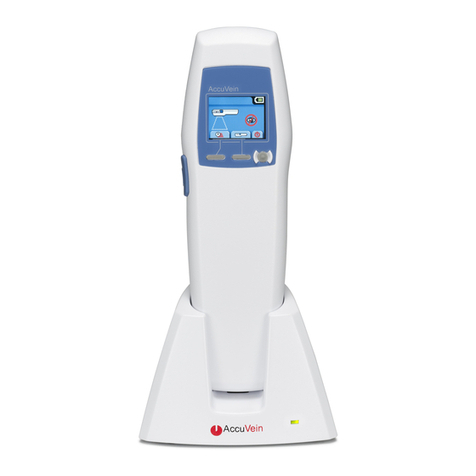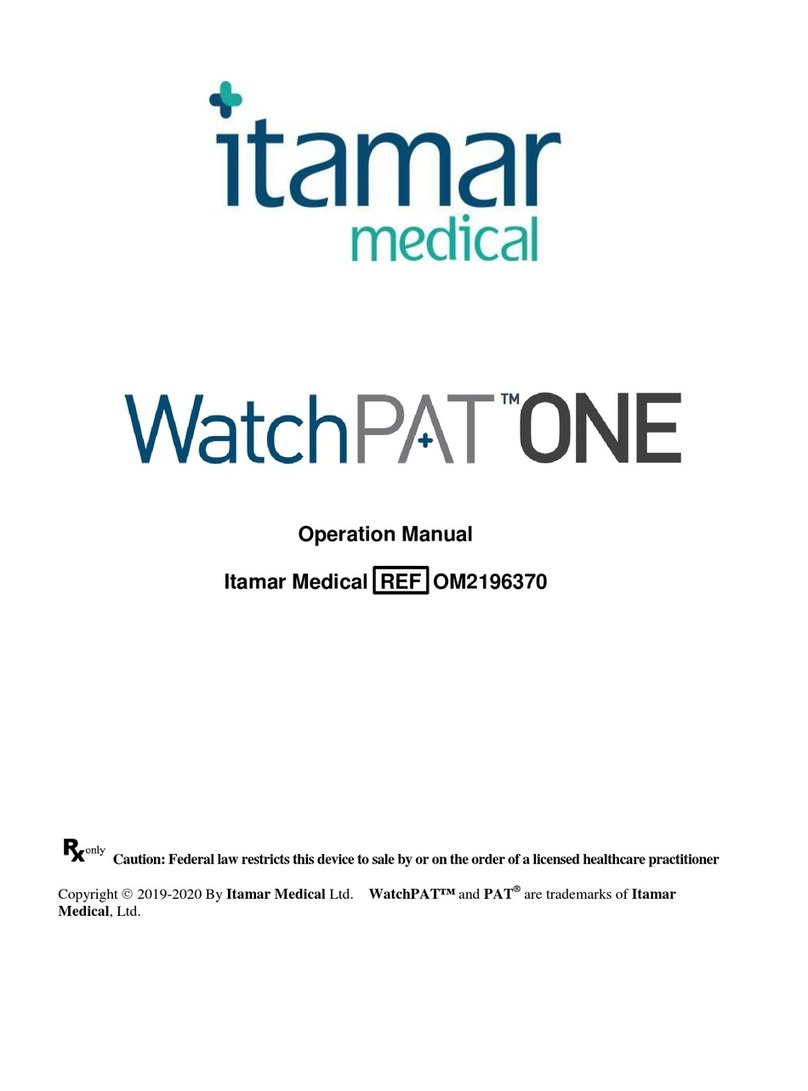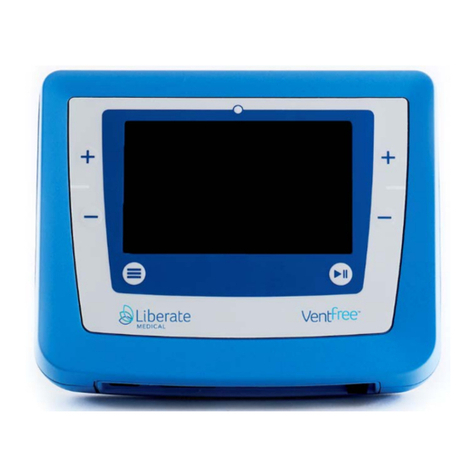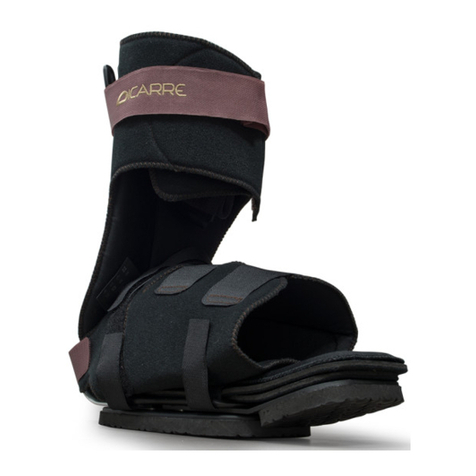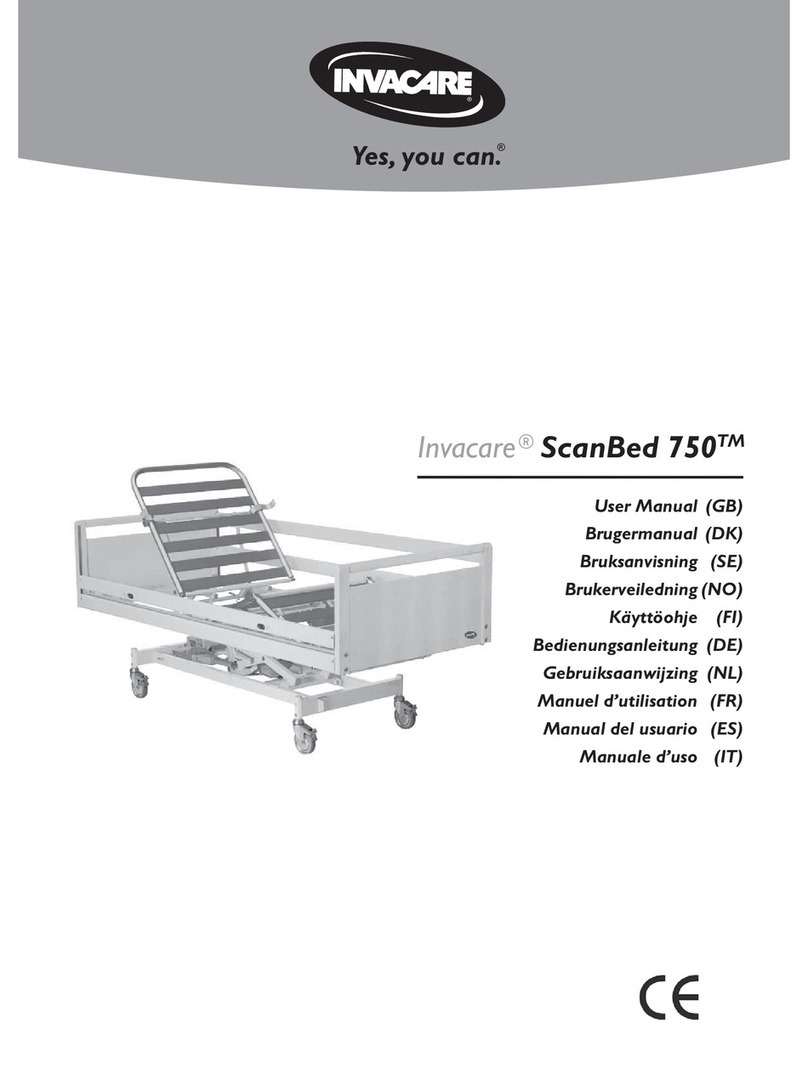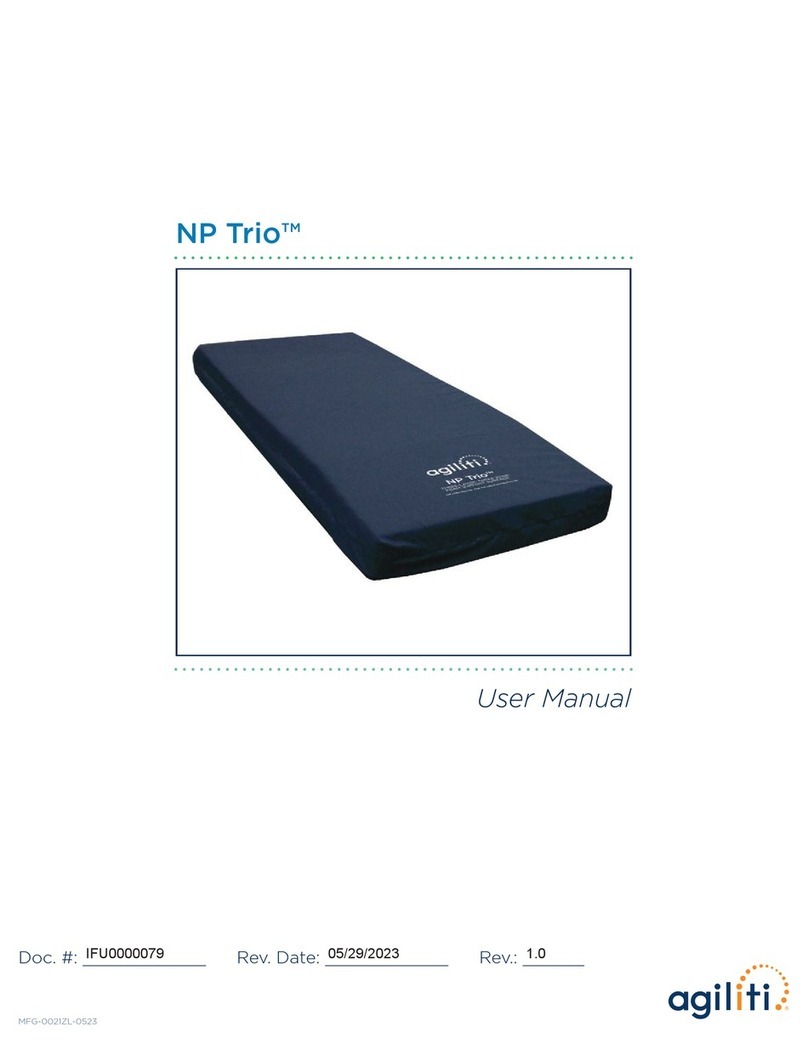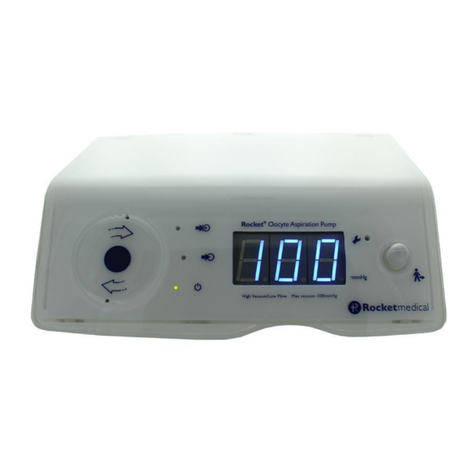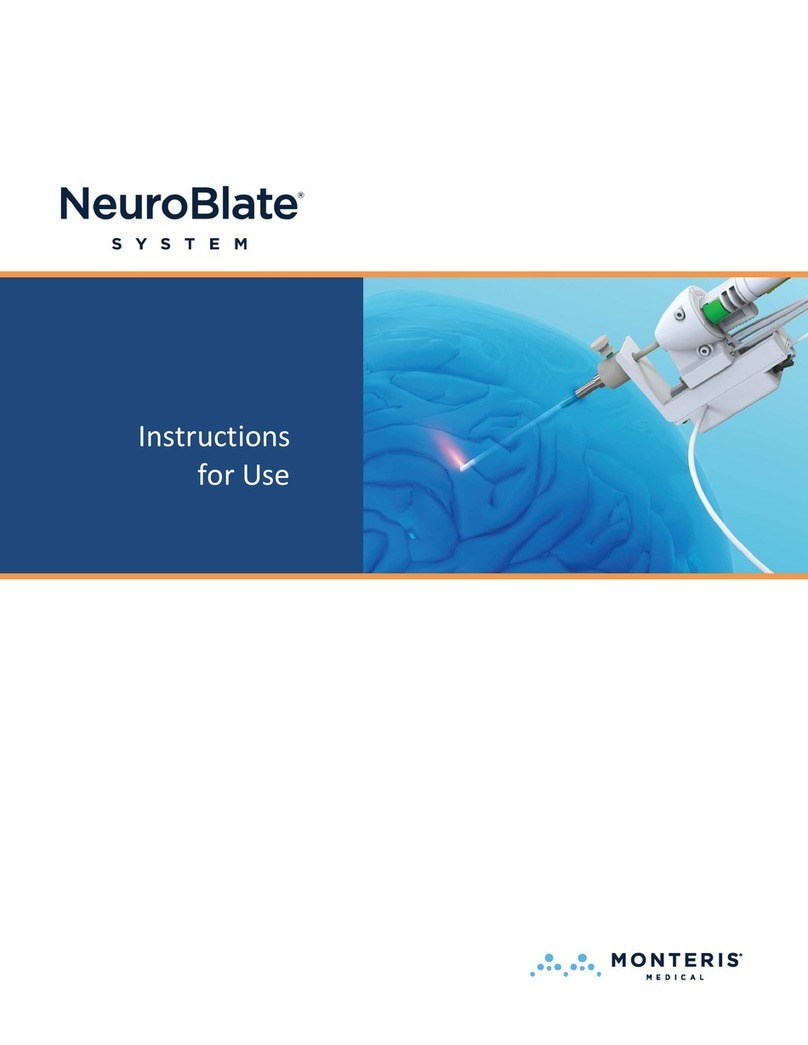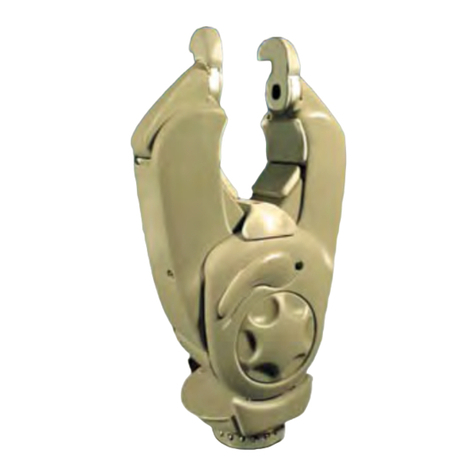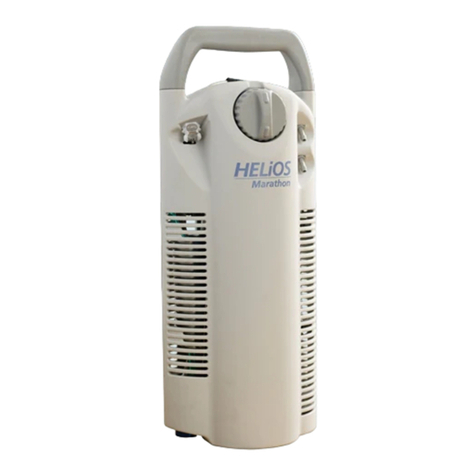
Page 3
Unity Die Check Camera, Issue 7
Contents
1 Equipment . . . . . . . . . . . . . . . . . . . . . . . . . . . . . . . . . . . . . . . . . . . . . . . . . . 5
2 Introduction . . . . . . . . . . . . . . . . . . . . . . . . . . . . . . . . . . . . . . . . . . . . . . . . . 6
2. 1 Scope. . . . . . . . . . . . . . . . . . . . . . . . . . . . . . . . . . . . . . . . . . . . . . . . 6
2. 2 Intended Use of the Equipment . . . . . . . . . . . . . . . . . . . . . . . . . . . . . . . 6
2. 3 Intended Use of this Manual . . . . . . . . . . . . . . . . . . . . . . . . . . . . . . . . . 7
2. 4 Retention of Rights . . . . . . . . . . . . . . . . . . . . . . . . . . . . . . . . . . . . . . . 7
2. 5 Warnings, Cautions and Notes . . . . . . . . . . . . . . . . . . . . . . . . . . . . . . . . 7
3 Safety . . . . . . . . . . . . . . . . . . . . . . . . . . . . . . . . . . . . . . . . . . . . . . . . . . . . . 8
4 Overview . . . . . . . . . . . . . . . . . . . . . . . . . . . . . . . . . . . . . . . . . . . . . . . . . . . 9
4. 1 Die Check Camera . . . . . . . . . . . . . . . . . . . . . . . . . . . . . . . . . . . . . . . 11
4. 2 Basic Operation . . . . . . . . . . . . . . . . . . . . . . . . . . . . . . . . . . . . . . . . 11
4. 3 Operation and Use . . . . . . . . . . . . . . . . . . . . . . . . . . . . . . . . . . . . . . 11
5 Installation and Set-up. . . . . . . . . . . . . . . . . . . . . . . . . . . . . . . . . . . . . . . . . . 12
5. 1 Packaging & Storage . . . . . . . . . . . . . . . . . . . . . . . . . . . . . . . . . . . . . 12
5. 2 Location . . . . . . . . . . . . . . . . . . . . . . . . . . . . . . . . . . . . . . . . . . . . . 12
5. 3 Mounting . . . . . . . . . . . . . . . . . . . . . . . . . . . . . . . . . . . . . . . . . . . . 12
5. 4 Positioning . . . . . . . . . . . . . . . . . . . . . . . . . . . . . . . . . . . . . . . . . . . 13
5. 5 Powering on Die Check Camera . . . . . . . . . . . . . . . . . . . . . . . . . . . . . . 16
5. 6 Camera Adjustment. . . . . . . . . . . . . . . . . . . . . . . . . . . . . . . . . . . . . . 16
5. 7 Die Check Camera Teaching . . . . . . . . . . . . . . . . . . . . . . . . . . . . . . . . . 19
5. 8 Communications Setup. . . . . . . . . . . . . . . . . . . . . . . . . . . . . . . . . . . . 21
5. 9 Imager External Trigger Setup . . . . . . . . . . . . . . . . . . . . . . . . . . . . . . . 21
5. 10 Inspection Setup . . . . . . . . . . . . . . . . . . . . . . . . . . . . . . . . . . . . . . . . 22
5. 11 Mode Change . . . . . . . . . . . . . . . . . . . . . . . . . . . . . . . . . . . . . . . . . 22
6 Operation. . . . . . . . . . . . . . . . . . . . . . . . . . . . . . . . . . . . . . . . . . . . . . . . . . 23
6. 1 Menu Layout . . . . . . . . . . . . . . . . . . . . . . . . . . . . . . . . . . . . . . . . . . 23
6. 2 Menu Icons . . . . . . . . . . . . . . . . . . . . . . . . . . . . . . . . . . . . . . . . . . . 25
6. 3 Inspections . . . . . . . . . . . . . . . . . . . . . . . . . . . . . . . . . . . . . . . . . . . 28
